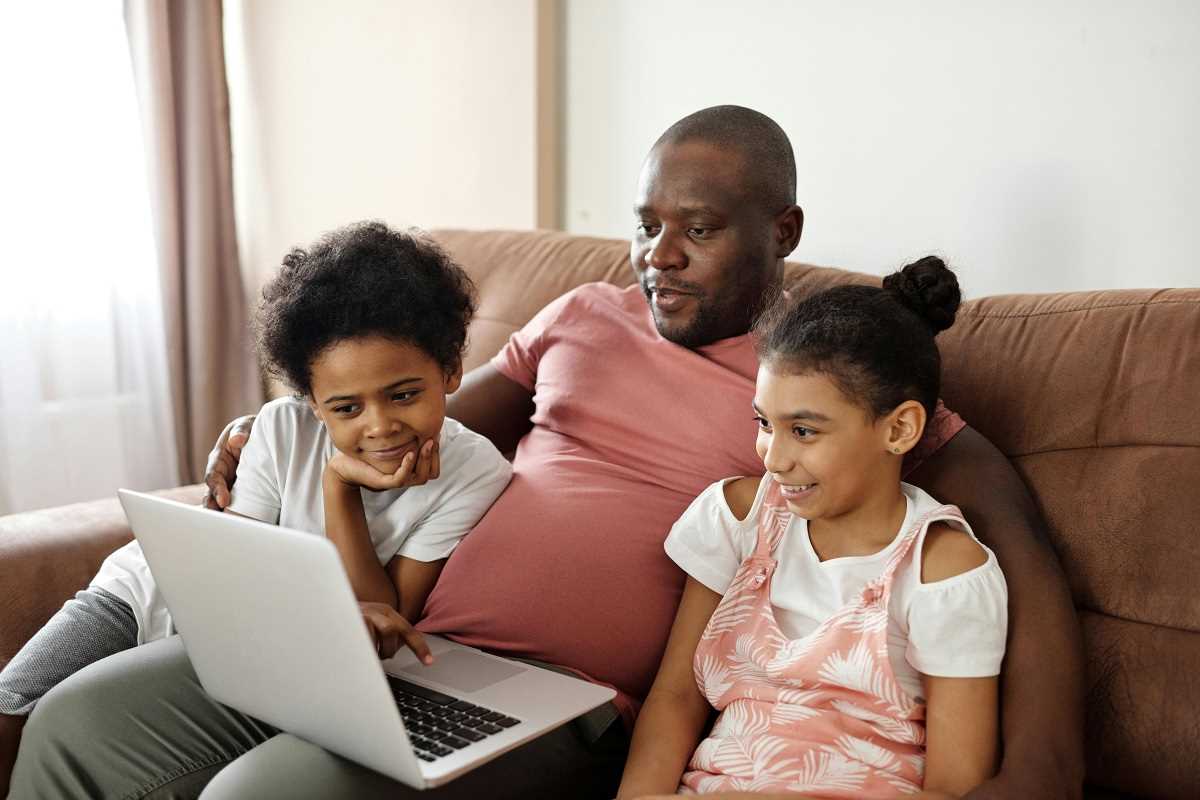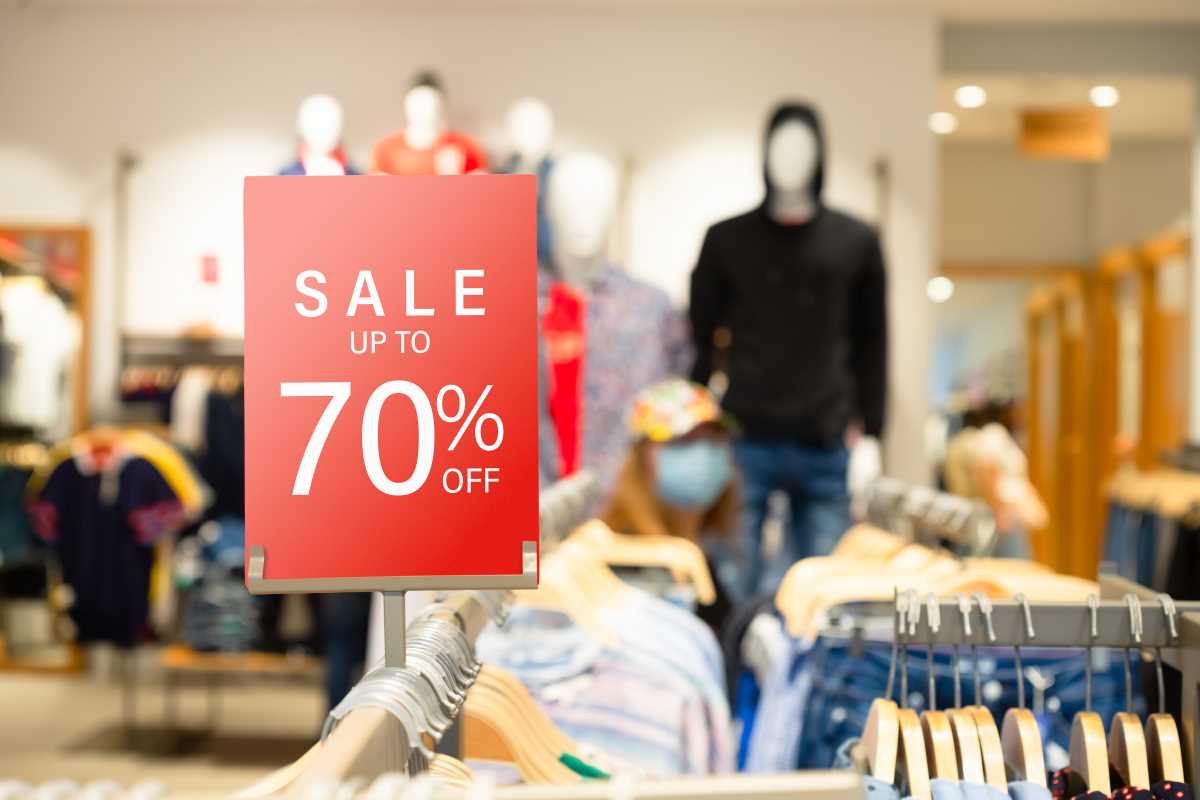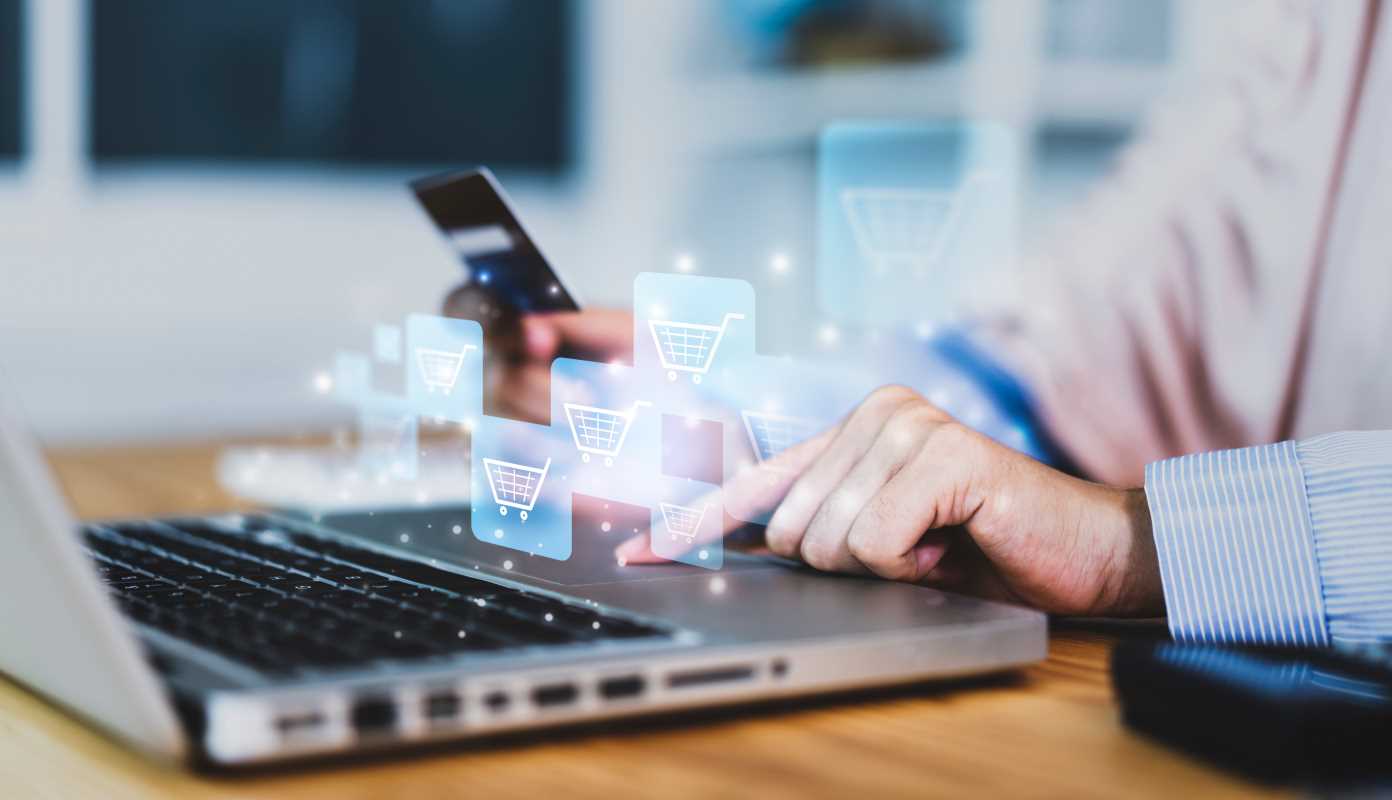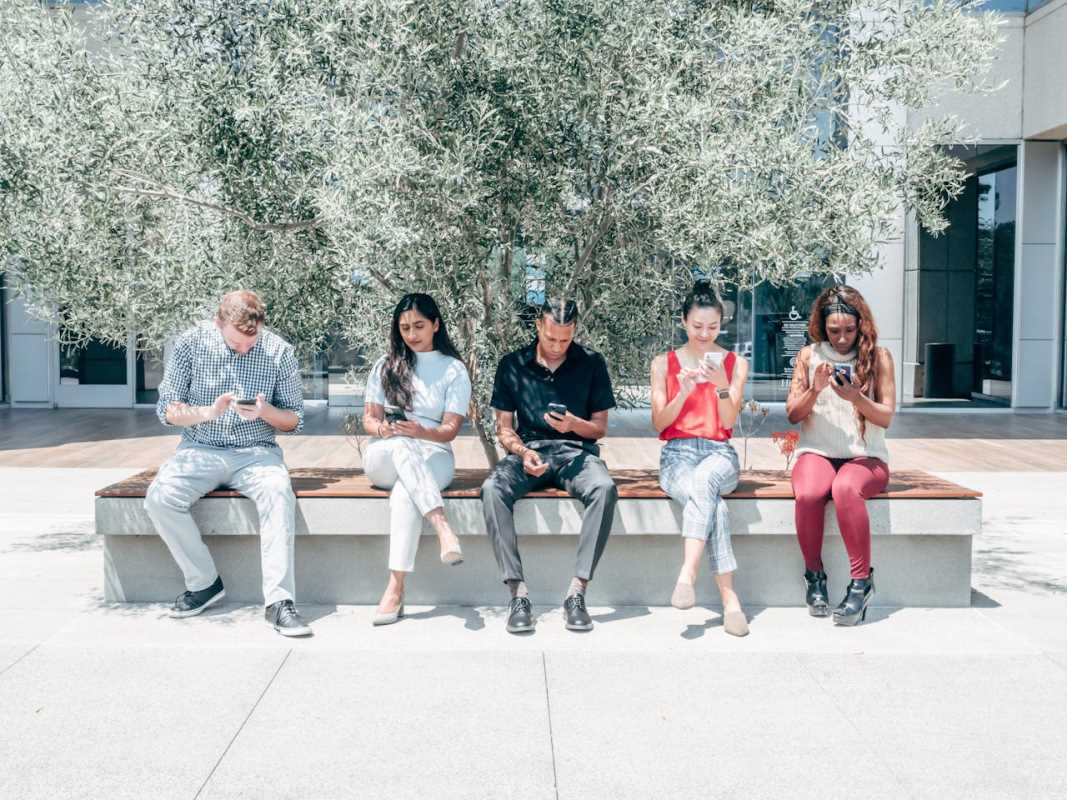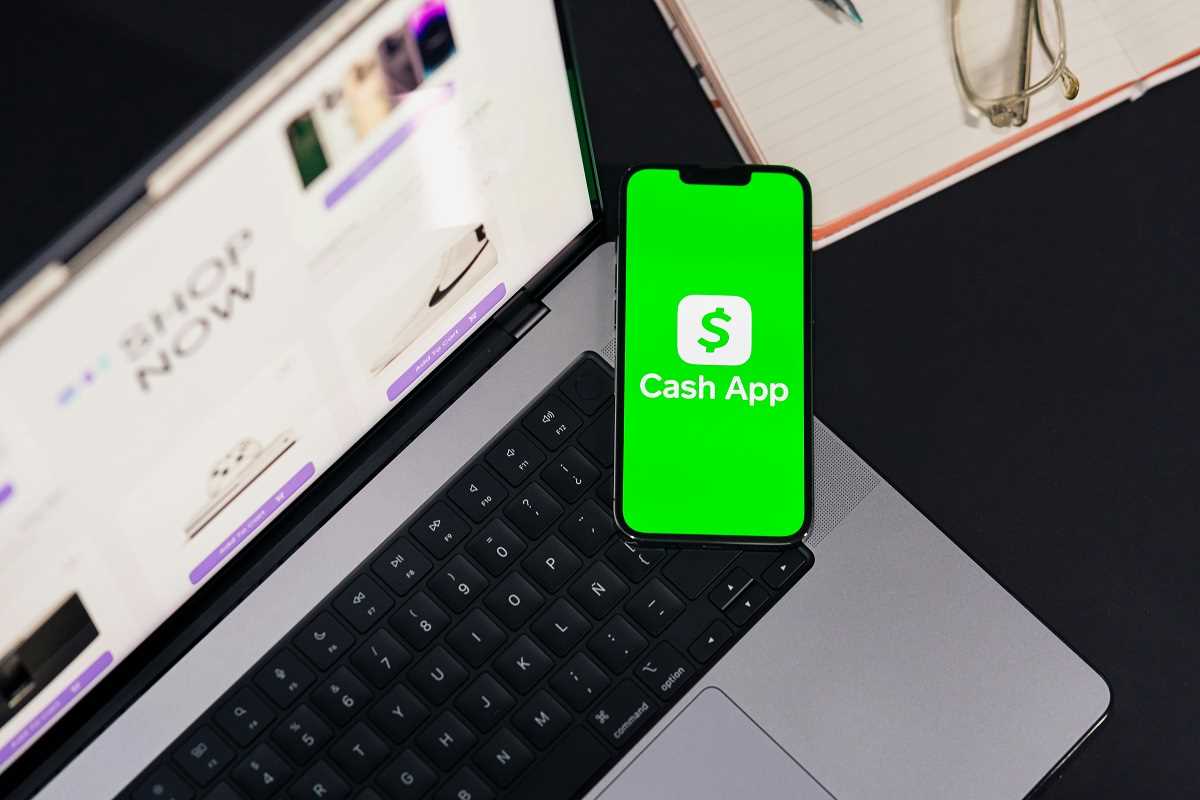Live shopping events are rapidly reshaping the retail landscape, merging the immediacy of live video with the ease of e-commerce. Through these events, businesses can showcase products in real-time, interact directly with their audience, and provide a dynamic shopping experience that mirrors the thrill of an in-store visit.
For entrepreneurs, especially in the e-commerce sector, this trend offers a powerful opportunity to stand out in a crowded market. With the right approach, you can engage your audience, drive sales, and build brand loyalty.
The Growth of Live Shopping Events
Live shopping events have taken off globally, with platforms like Amazon Live, Instagram, and TikTok leading the charge. The concept originated in Asia, particularly in China, where live commerce on platforms like Taobao Live and Douyin (China’s version of TikTok) now accounts for billions in sales annually. Western markets are quickly catching up, as brands realize the value of blending entertainment with seamless purchasing.
Key reasons behind this surge include:
- Enhanced Customer Engagement: Live shopping lets viewers ask questions, see products in action, and connect with hosts in real-time, fostering trust and rapport.
- Convenience: Shoppers can browse and buy products without leaving the stream, creating a frictionless experience.
- Modern Consumer Preferences: The demand for video content has skyrocketed. Live shopping capitalizes on this by offering an engaging, interactive format.
The Benefits of Live Shopping for E-Commerce Businesses
For e-commerce entrepreneurs, live shopping events unlock multiple advantages:
- Boosted Sales Conversion Rates: The urgency and excitement of live interactions often lead to higher impulse buys compared to traditional e-commerce methods.
- Improved Product Confidence: Seeing a product in use and receiving live feedback builds consumer trust, reducing the likelihood of returns.
- Stronger Brand Connection: Personal interactions during live events humanize your brand and encourage loyalty among shoppers.
- Expanded Reach: Popular platforms enable brands to target specific demographics, often reaching new audiences through algorithmic feeds or platform-specific promotion features.
- Data and Insights: Live sessions generate valuable data, including audience engagement patterns, popular items, and customer questions, all of which can inform future strategies.
Now that we’ve established why live shopping is an invaluable tool, let's discuss how you can successfully plan and host your own live event.
Steps to Host a Successful Live Shopping Event
1. Choose the Right Platform
The platform you select will depend on your target audience and the type of experience you want to provide. Here are some popular options:
- Instagram Live: Ideal for visually driven brands; allows direct integration with product tagging.
- TikTok Live: Best for brands targeting younger audiences who prioritize entertainment.
- Facebook Live: Offers a broad reach and manageable tools for direct purchases.
- Amazon Live: Tailored for brands already selling on Amazon; integrates seamlessly with Amazon’s marketplace.
Your Own Website: For complete control and brand consistency, consider hosting the event on your e-commerce site using tools like Vimeo or Shopify integrations.
When choosing a platform, consider audience preferences, the technology's ease of use, and integrations with your storefront.
2. Plan Your Content and Messaging
The key to a compelling live shopping event is planning the content and keeping the session structured yet flexible. Follow these steps to prepare:
- Outline Your Main Themes: Define the goals of the session (e.g., launching a product, clearing inventory, or highlighting seasonal items). Organize your script around these themes.
- Create a Narrative: Storytelling is your ally. Instead of simply presenting products, weave in stories about your brand, manufacturing process, or customer testimonials to make the session more engaging.
- Prepare Key Highlights: Identify the must-know features of each product. Use quick demos, before-and-after shots, or customer reviews as evidence of your product’s value.
- Build a Timeline: Allocate time for each segment, including an introduction, product showcases, live Q&A, and a closing call to action.
Preparation ensures that your event runs smoothly while retaining enough flexibility to respond to audience interactions.
3. Promote Your Event Ahead of Time
A successful live shopping event depends heavily on attracting a sizable and relevant audience. Leverage multiple marketing channels to build awareness:
- Social Media Campaigns: Use platforms like Instagram or Facebook to post teasers and countdowns leading to the event. Reels or short videos are particularly effective.
- Email Marketing: Inform your email list about the live event, including details like the time, platform, and what to expect.
- Website Banners: Add promotional banners to your homepage and product pages to alert site visitors.
- Collaborate with Influencers: Partner with individuals who align with your brand to promote the event to their followers.
Make it easy for people to find and join the event by including direct links in all promotional materials.
4. Engage Your Audience During the Event
Live shopping thrives on interaction. The more conversational and engaging the experience, the higher your chances of keeping viewers entertained and converting them into customers. Follow these tips:
- Acknowledge Viewers: Greet new participants by name and thank them for joining.
- Answer Questions in Real-Time: Address product-specific queries, concerns, or features as they come up.
- Use Polls and Questions: Many platforms offer interactive features like polls, which can be used to ask viewers about their product preferences.
- Create Urgency with Limited-Time Offers: Use tactics such as countdowns or exclusive “live-only” discounts to motivate immediate purchases.
- Highlight Social Proof: Call out positive comments from viewers who have already purchased or used your products.
Remember, authenticity matters. Viewers can tell when scripted responses overshadow genuine interactions, so keep it natural and approachable.
5. Showcase Your Products Effectively
The way you present your products can make or break your event. Use these strategies to bring them to life:
- Lighting and Setup: A well-lit, visually appealing background ensures your products look their best.
- Demonstrate Use Cases: Show how the product works or solves a problem, and offer practical examples.
- Focus on Key Features: Highlight the unique selling points of each product rather than overwhelming viewers with too much information.
- Rotate Camera Angles: For smaller or intricate products, use close-up shots to give viewers a detailed view.
Clear, professional visuals coupled with relatable demos build confidence and simplify purchasing decisions.
6. Post-Event Follow-Up and Analytics
Once your live shopping event concludes, your work isn’t entirely over. Here’s what comes next:
- Send Follow-Up Emails: Thank participants for attending and include a recap of featured products with purchase links.
- Analyze Performance Metrics: Platforms often provide insights like view counts, engagement rates, click-throughs, and sales generated. Assess what worked and what didn’t.
- Repurpose Content: Edit excerpts from the live session into bite-sized videos or GIFs for social media. Use these clips to promote future events.
- Gather Feedback: Ask your audience for input on what they liked and where you could improve.
Learning from each event ensures continuous improvement and stronger results over time.
The beauty of live shopping lies not just in its ability to drive sales but also in nurturing deeper relationships with your customers. By making shopping interactive, personal, and fun, you set your brand apart in today’s fast-paced digital marketplace.

